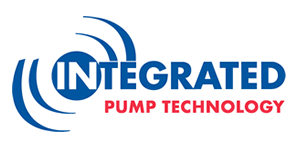Submersibles perform well in rough working conditions and can be put to work in diverse applications. A key benefit is their ability to handle water which contains suspended solids – as well as highly viscous and abrasive slurry. These applications actually define the three main types of submersibles: dewatering, sludge and slurry pumps. Selecting the right type of submersible is a good starting point for choosing the best pump for the job, after which a number of other factors should be considered.
Dewatering pumps are designed to manage smaller abrasive particles like sand, smaller stones and clay – with sizes up to about 15 mm. Depending on the size and nature of the solids, an open or closed impeller design can be used. A closed impeller is used in highly demanding applications where material passes completely through the impeller. Open impellers have two parts that must be well-maintained, to avoid wear between them that will decrease performance.
Sludge pumps are used for pumping water with higher densities of larger solids – up to about 80 mm in size. Many of these pumps are designed with a Vortex impeller to reduce wear, although they also use closed and open impellers. Most of the pumped water in fact does not pass through the impeller, so wear and clogging are minimised.
Slurry pumps are designed to withstand demanding applications involving heavy abrasion, such as the pumping of fly ash. They are also used in dredging applications. To cope with the abrasiveness of the material to be transported, the hydraulic parts of the pump are often made of Hard-iron™ – as is the case with pumps in the Grindex Bravo range. These pumps can also include agitators to help re-suspend particles around the pump inlet. In fact, from the Bravo 400 model upwards, agitators are included as standard features.
